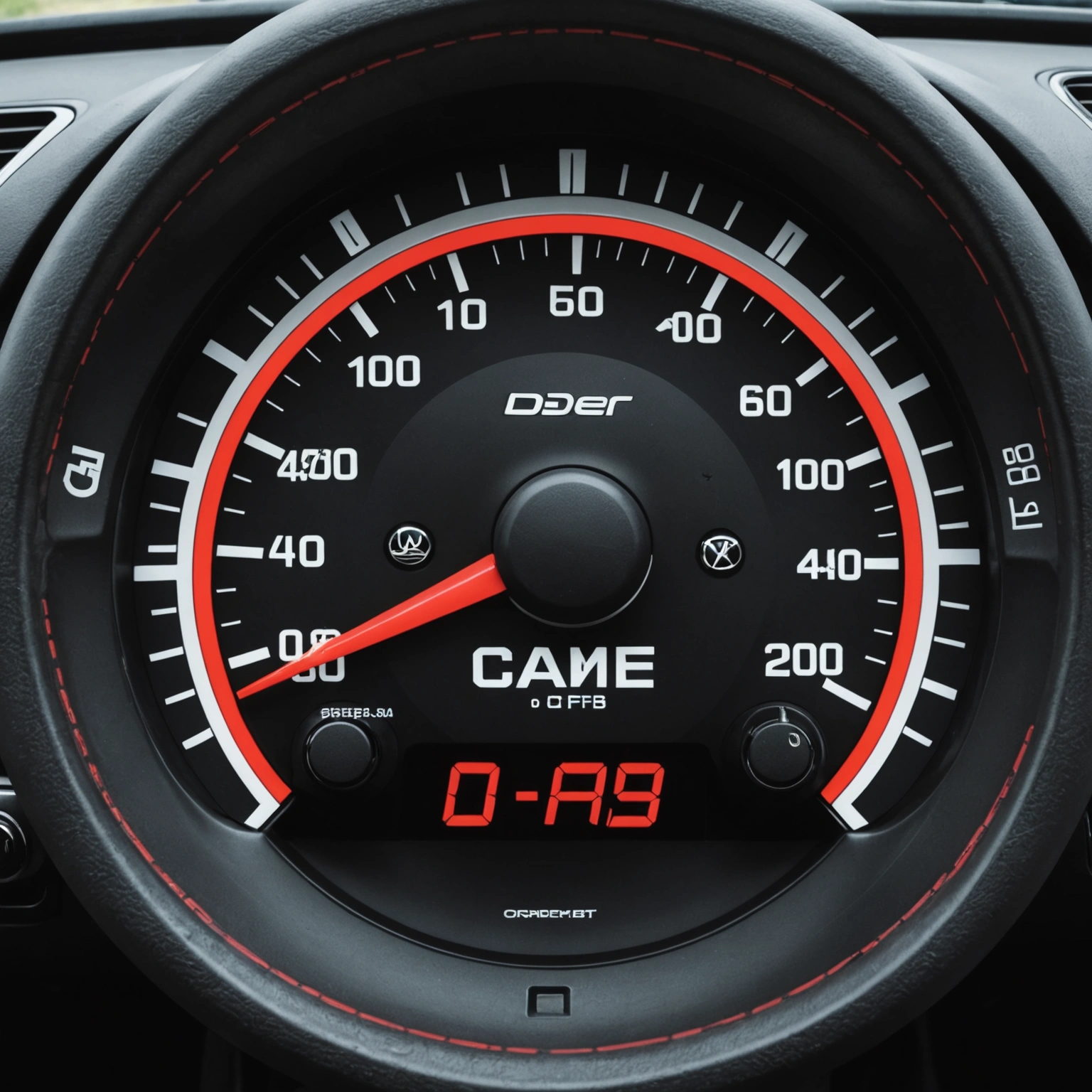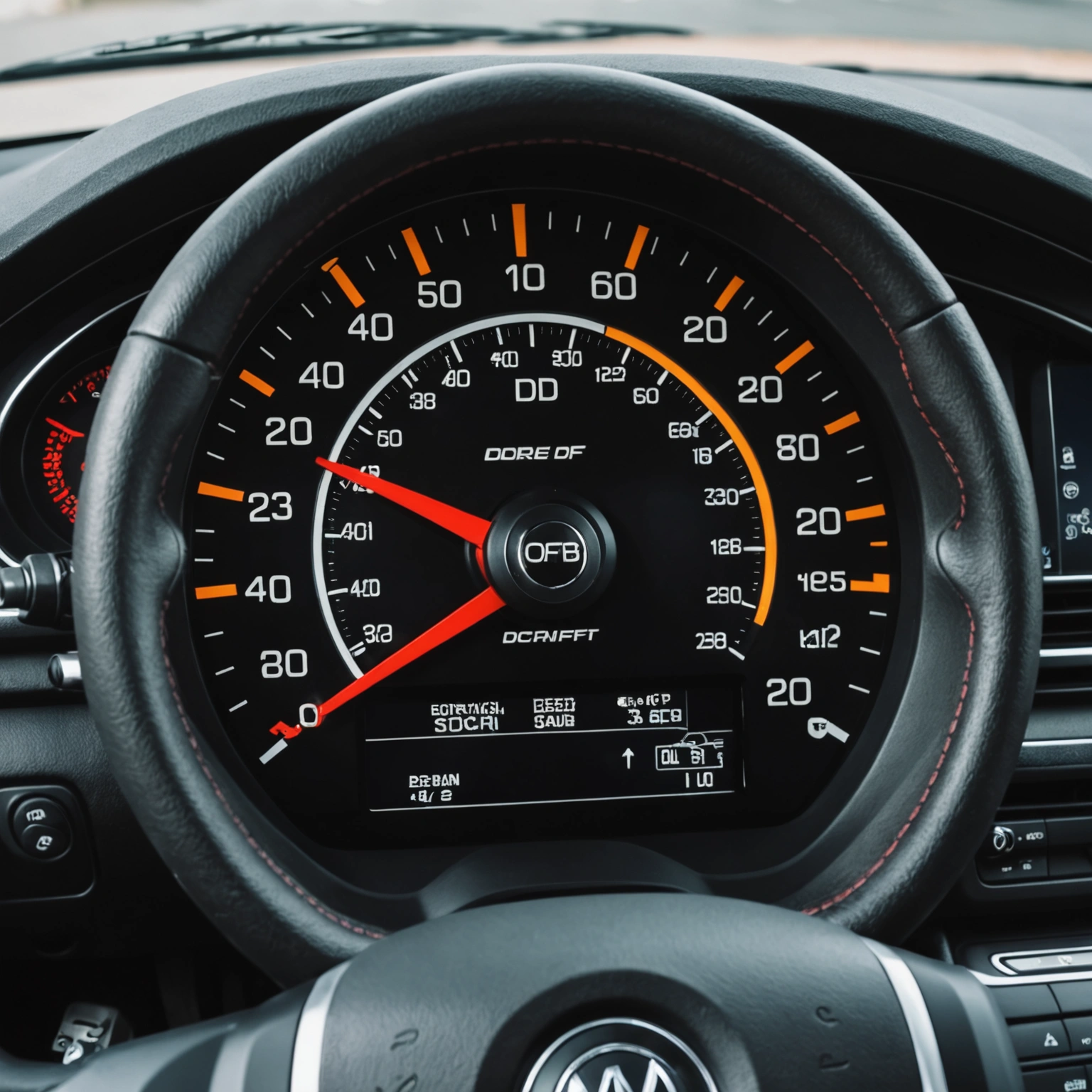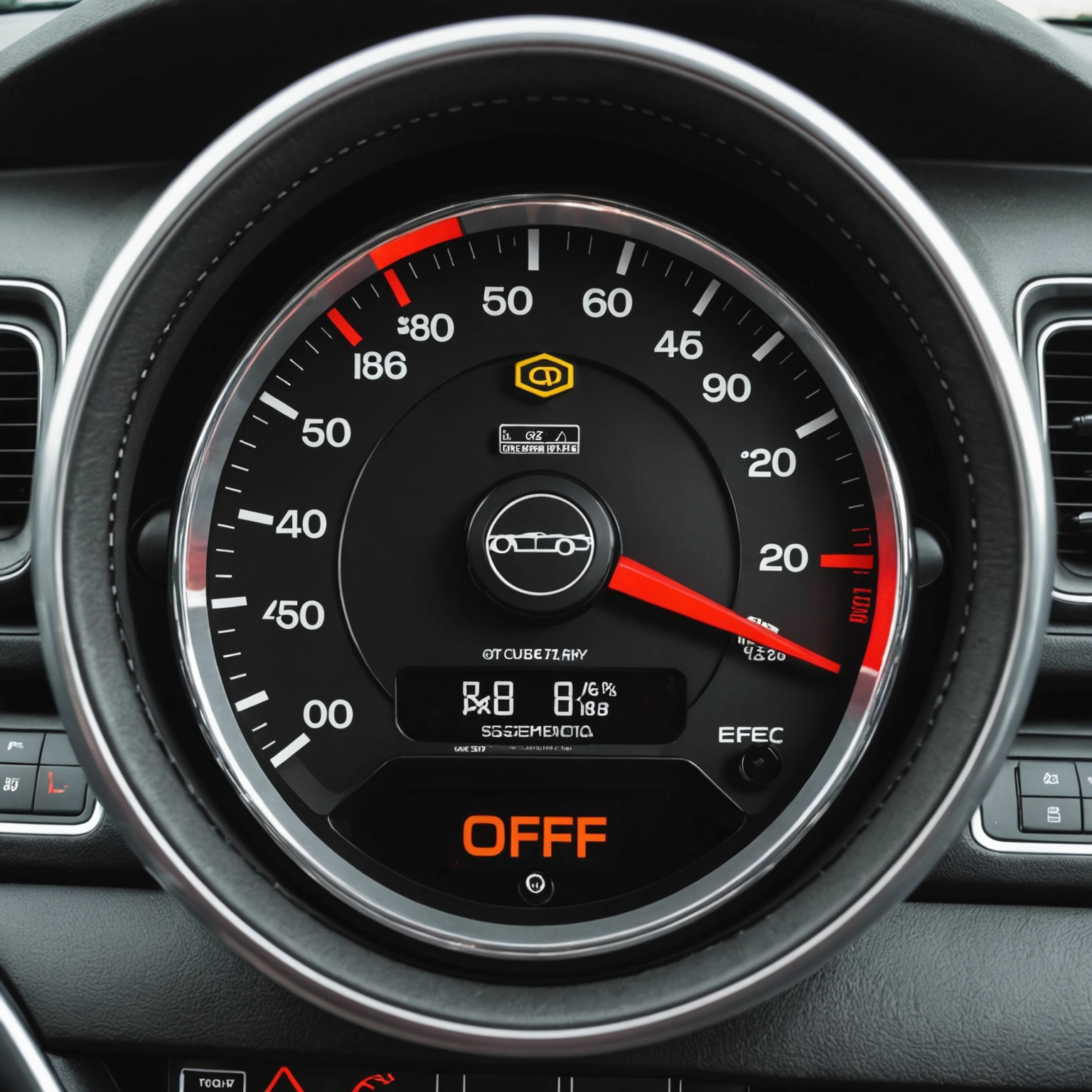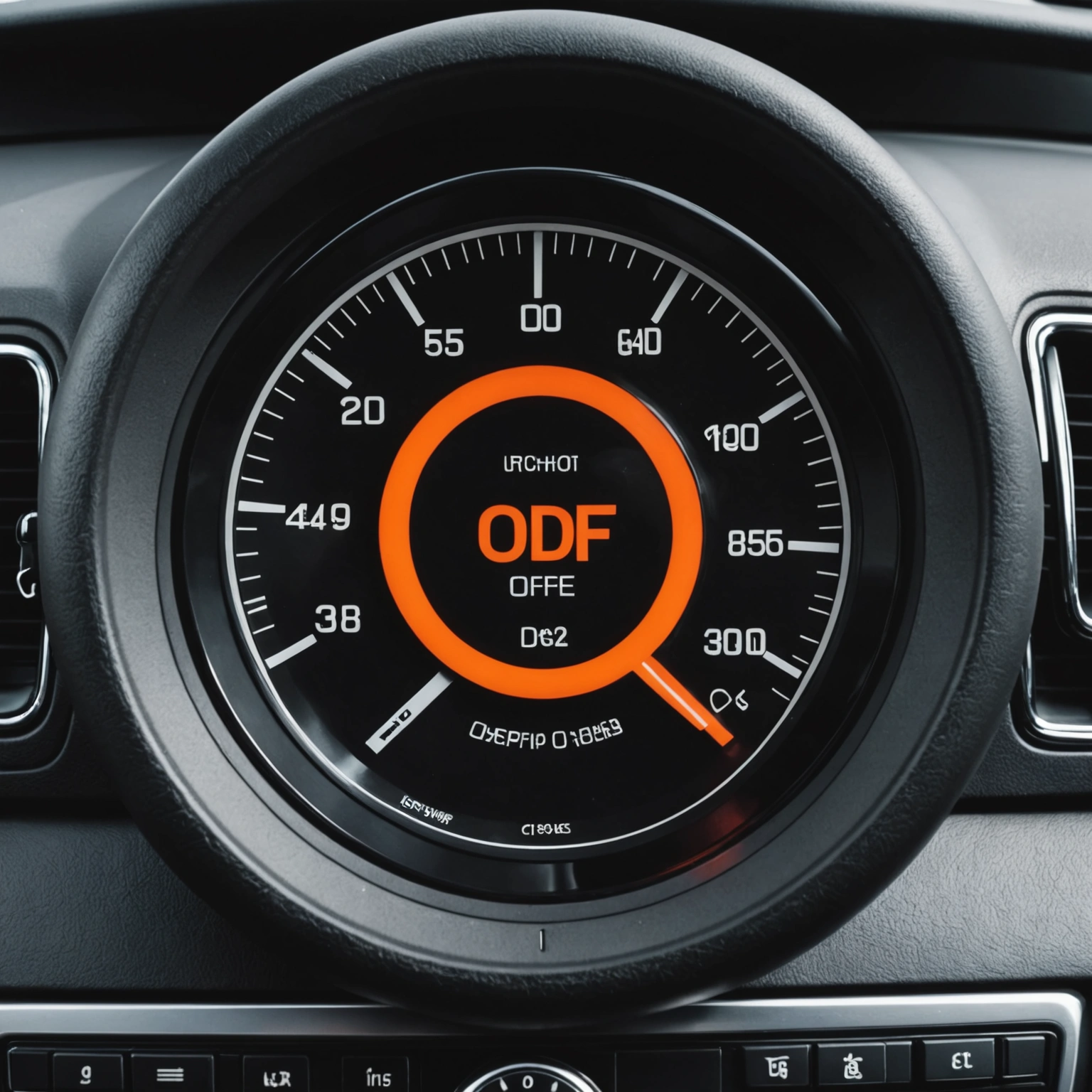**What Does “O/D Off” Mean in a Car? Understanding the Transmission Indicator**
If you’ve ever looked at your car’s dashboard and noticed the “O/D Off” indicator light, you might have wondered what it signifies. This simple message can be confusing for drivers unfamiliar with automatic transmissions. Let’s break down what “O/D Off” means and why it matters.

### What Is “O/D Off”?
“O/D” stands for **Overdrive**. Overdrive is a gear—typically the highest gear in an automatic transmission—that allows the engine to operate at lower RPMs while maintaining higher speeds. This results in better fuel efficiency and reduced engine wear during highway driving.

When your vehicle is in **”O/D Off” mode**, it means the overdrive function has been deactivated.
### Why Would You Turn Off Overdrive?

There are several reasons why a driver might turn off overdrive:
– **Driving in hilly or mountainous terrain**: Disabling overdrive can provide more engine braking and power when climbing steep inclines.

– **Towing heavy loads**: Turning off overdrive helps maintain engine power and prevent the transmission from shifting into higher gears too early.
– **Driving in stop-and-go traffic**: Sometimes, turning off overdrive prevents constant shifting, which can improve responsiveness.
– **Driving in snow or slippery conditions**: Disabling overdrive can offer better control and traction.
### How Do You Turn Off Overdrive?
Most vehicles have a button or switch labeled “O/D OFF” located near the gear shifter or on the dashboard. Pressing this button toggles the overdrive function on or off. When overdrive is turned off, the “O/D Off” indicator will typically illuminate on the dashboard, reminding you that the transmission is not using the highest gear.
### What Happens When O/D Is Off?
– The transmission will **not** shift into the highest gear.
– The vehicle may feel more responsive at lower speeds.
– Fuel economy may decrease because the engine runs at higher RPMs.
– The transmission may shift earlier or stay in lower gears longer.
### When Should You Use or Not Use O/D Off?
– **Use O/D Off** when:
– Driving in hilly terrain or mountains.
– Towing a trailer or heavy load.
– Driving in conditions requiring more engine braking.
– **Leave O/D On** for:
– Normal highway cruising, to maximize fuel efficiency.
– Urban driving, where frequent stopping and starting occur.
### Final Thoughts
Understanding the “O/D Off” indicator helps you make better driving decisions and maintain your vehicle effectively. While it’s useful to turn off overdrive in specific situations, for most daily driving, keeping it on allows for optimal fuel economy and smooth operation.
If you’re unsure about how your specific vehicle handles overdrive, consult the owner’s manual for detailed instructions and recommendations.

